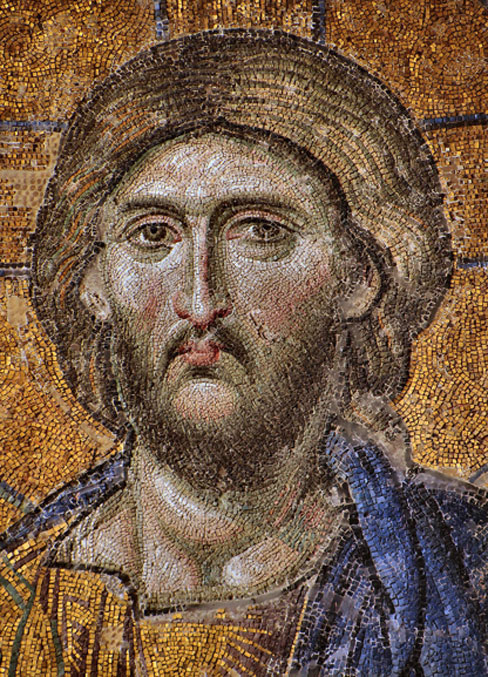Archaeologists with the Israel Antiquities Authority
have made what they claim to be a major discovery. They believe that
they have found a Byzantine-era church that was built on the site of the
home of two of Jesus Christ ’s earliest disciples,
Peter and Andrew. If this is true then it could help to settle a
long-running dispute over the location of the Biblical village of Bethsaida, later a city known as Julias.
A team of Israeli and American archaeologists, from the Kinneret Academic College and Nyack College, New York made the discovery, near Lake Galilee in Northern Israel. They found what they claim are the remains of a Byzantine-era church (330-700 AD) at Beit Habel, which is also known as el-Araj.
They have been working at this site for four years and in 2017, according to the I AM Nyack website, the archaeologists “uncovered evidence of the ancient city, Bethsaida-Julias”. El-Araj has been inhabited since the period of the Second Temple .
According to Haaretz, the experts found “gilded glass tesserae ( mosaic tiles )”. These are from wall mosaics one of the distinguishing characteristics of a Byzantine church .

The experts believe that they found the church because of the
writings of a southern German bishop from 725 AD. The prelate, who was
named Willibald stated that he saw the church while traveling from
Capernaum to Kursine, near the Lake of Galilee.
-The archaeologists believe that this is the only church ever found or documented in this location. This they claim means that they have discovered the church that marked the home of St. Andrew and St. Peter , the first Pope .
But not everyone in the archaeological community accepts this and Haaretz
reports that some believe that the nearby site of e-Tell, is the
location of Bethsaida, which is argued by Professor Rami Arav of the
Hebrew Union College. He believes that the probable church at el-Araj
was not the same as that seen by the German bishop in the 8th century
AD.
A team of Israeli and American archaeologists, from the Kinneret Academic College and Nyack College, New York made the discovery, near Lake Galilee in Northern Israel. They found what they claim are the remains of a Byzantine-era church (330-700 AD) at Beit Habel, which is also known as el-Araj.
They have been working at this site for four years and in 2017, according to the I AM Nyack website, the archaeologists “uncovered evidence of the ancient city, Bethsaida-Julias”. El-Araj has been inhabited since the period of the Second Temple .
According to Haaretz, the experts found “gilded glass tesserae ( mosaic tiles )”. These are from wall mosaics one of the distinguishing characteristics of a Byzantine church .

Mosaic tiles were discovered at the unearthed
Byzantine church. Shown is a mosaic of Christ from the Hagia Sophia in
Istanbul. (Dianelos / CC BY-SA 3.0 )
They have also found some evidence of floor mosaics , roof-tiles, and a carving in chalk with a Christian symbol .
The building has a west-east axis, this and the presence of the outline
of a nave indicates that it was a Christian place of worship. A Lost Byzantine Church
The team believe that the structure is lost Church of the Apostles. According to Christian tradition, it was constructed on the home of the two apostles Peter and Andrew. The ruins have not been dated but they are believed to be from the 5th century AD, some five hundred years after Peter and Andrew became followers of Jesus.-The archaeologists believe that this is the only church ever found or documented in this location. This they claim means that they have discovered the church that marked the home of St. Andrew and St. Peter , the first Pope .
No comments:
Post a Comment